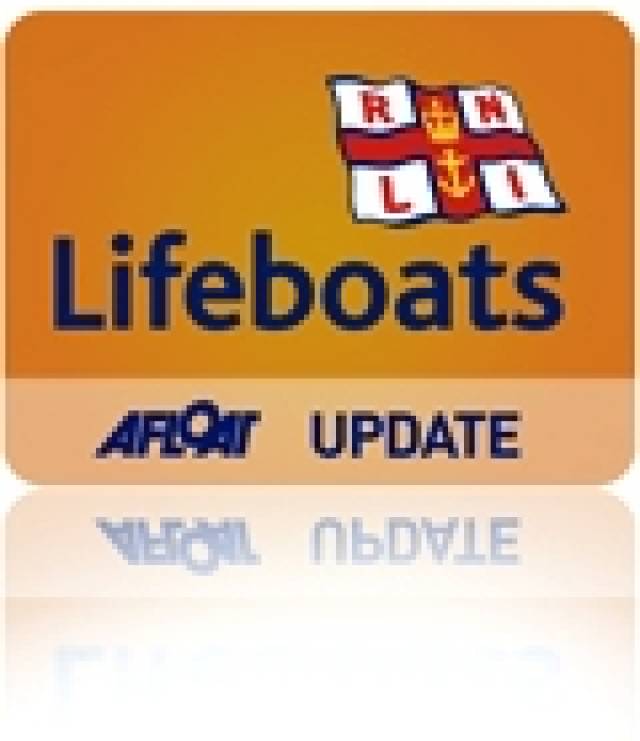#RNLI - Bundoran RNLI has urged anyone planning on setting off fireworks or anything similar that could be mistaken for a distress flare to inform the coastguard in advance after a false alarm on Saturday night (6 September).
At 10.40pm the Bundoran volunteer lifeboat crew were asked to launch by Malin Head Coast Guard to reports of a red flare being sighted somewhere in Donegal Bay.
A red flare is universally known as a distress signal, and when an emergency call was made by a member of the public from Ballyshannon, the watch officers at Malin Head immediately requested the launch of Bundoran RNLI, as well as tasking the Killybegs coastguard boat.
As the caller was unsure of the precise location of the flare, sighting it somewhere between Ballyshannon and St John’s Point, both boats commenced searches of the area. looking for a vessel that may have signalled an emergency.
As the searches were underway, information was received that fireworks had been set off on the coastline in the bay around the time of the emergency call to 999.
Even though it was determined that this was the most likely cause of the red flare sighting, both boats continued to search the area until the coastguard was satisfied that no vessel was in trouble. Both units were then stood down after one hour.
Speaking on their return to the lifeboat station around midnight, Karol McNern, who helmed the Bundoran lifeboat, said: "Thankfully this was just a false alarm and we are, as always, happy to launch to something that people may be unsure of rather than not be launched at all.
"We would however urge anybody who is planning on setting off fireworks, Chinese lanterns or anything that could be mistaken for a distress flare, near the coast, to please inform the coastguard in advance of the approximate time and location so that search and rescue assets need not be unnecessarily launched."
































































